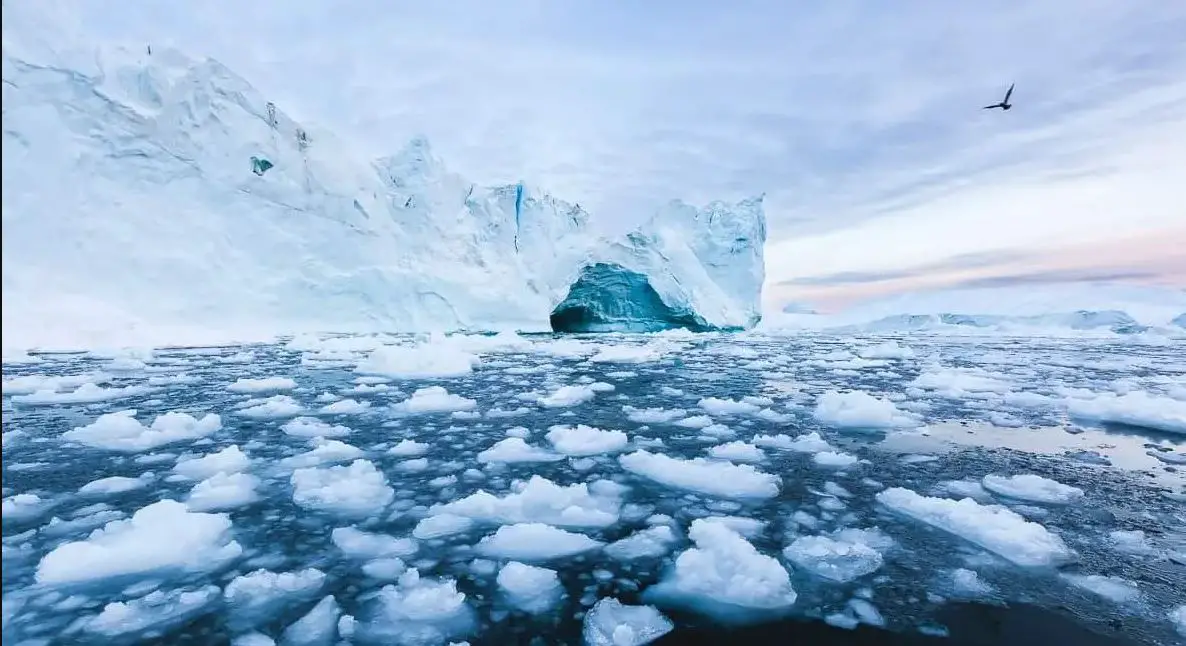Europe is facing its worst drought in 500 years, the Danube river in France is being dredged through Serbia, the Rhine is too low to be transported by barge, the Loire is shallow enough to wade The water level of the Po River in Italy has dropped to such an extent that it can seriously damage crops and even have serious consequences for industry, freight transport, energy and food production.
Affected by the extreme weather, Europe has been unusually dry throughout winter and spring, facing record summer temperatures and repeated heat waves.
Western, central and southern Europe have not recorded significant rainfall for nearly two months, and with no rain forecast in the near future, meteorologists say this year’s drought could be Europe’s worst in 500 years.
Andrea Toreti, the European Commission’s joint research centre, said that 2018 was already the worst drought in 500 years, but this year could be worse, and even in the next three months, the risk of drought conditions is higher. Provided effective mitigation measures are in place, drought intensity and frequency will increase dramatically in northern and southern Europe.
Drought has turned Europe’s great rivers into a trickle, including France’s longest river, the Royal, which has never flowed so slowly, or even shallow enough to wade through, while freight traffic on the Danube 2,850 kilometers has been severely disrupted, prompting Serbian, Romanian and Bulgarian authorities The dredging of deeper waterways began, while the barges, which mainly carried generator fuel, stood still and waited to advance.
The 1,233-kilometer Rhine, a vital part of Northwest Europe’s economy for centuries, flows from Switzerland through Germany’s industrial heartland to the North Sea at the giant port of Rotterdam, providing goods for manufacturing, power generation and drinking resources.
The Effects of the Rhine and the Danube on the Economy
The complete stop of barge traffic on the Rhine is expected to be a heavy blow to the German and European economies. Experts calculate that the cost of the six-month shutdown in 2018 is about 5 billion euros, although the EU will increase the volume of water freight by 25% as a green transition priority. One of the things, but Germany is currently working on turning it over to rail and road.
France’s rivers are not important freight arteries, but they do cool down the nuclear power plants that produce 70% of their electricity. Now with energy prices hitting record highs, power giant EDF may be forced to cut production due to drought.
But because of strict rules about how far nuclear power plants can raise the temperature of the river when discharging cooling water, low water levels and high temperatures mean the river is already overheated and the only option is to cut production.
The Po River, Italy’s longest river, has dropped to one-tenth of its normal flow and the water level is 2 meters below normal levels, with maize and rice production expected to take a hit as there has been no consistent rainfall since November last year.
Because the Po River accounts for 30-40% of Italian agricultural production, and the continuous drying of the river and low water levels may cause 60% of crops to be damaged.




